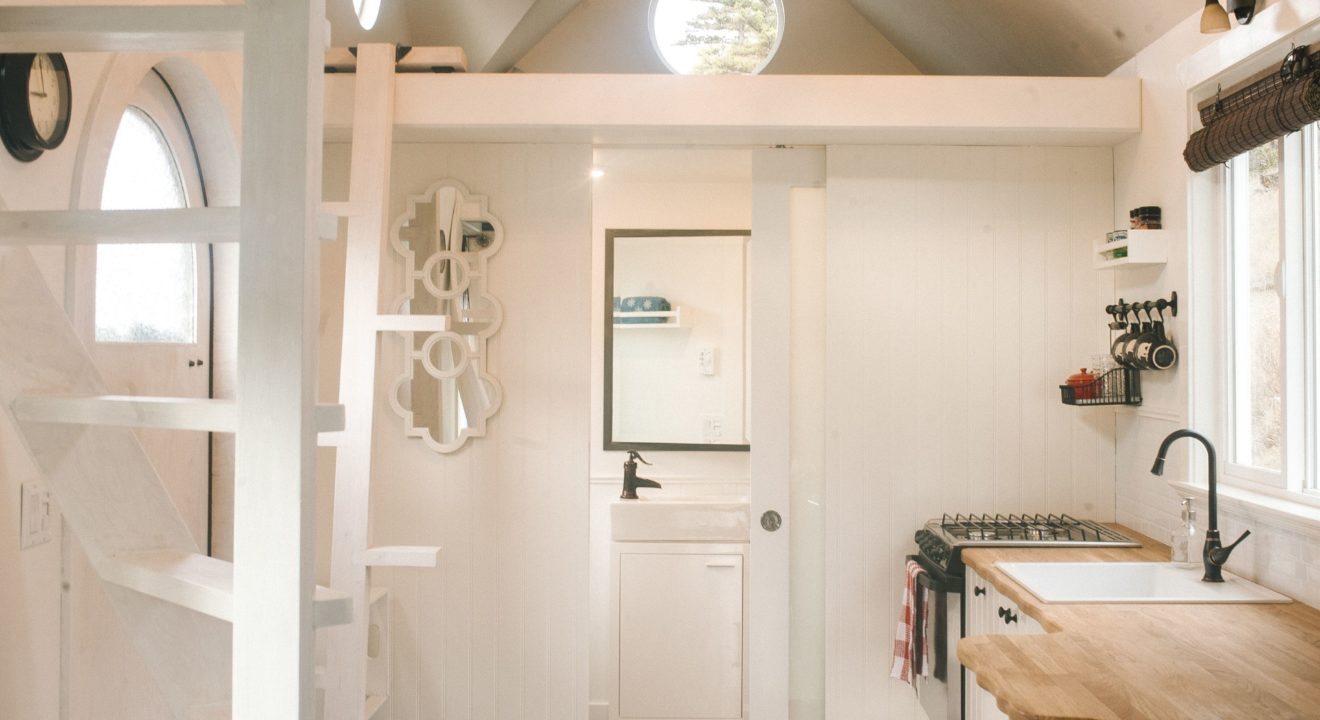Culture August 12, 2016


The American Dream with the dream business job, the elegant houses, the white picket fence and the two kids has been drilled into women since childhood. The new American Dream, however, is more minimalist than it was in recent decades. Instead of big houses and collections of possessions, tiny houses and simple living are now becoming the way to go in today’s culture.
The millennial generation is the new generation of prospective homeowners. But with the faltering economy and the burden of rising student loan debt and scarce job opportunities, many can’t afford to own grandeur homes like their parents before them. Even more so, many of them don’t want to be shackled with a mortgage they could possibly never pay back. So the proposed solutions to these cultural problems are tiny houses.
Tiny houses are diverse; they can be as little as 100 square feet or as big as 600 square feet. Though living in such a small space – akin to the notorious small apartments in New York – sounds like a ludicrous idea, the benefits have proven to be surprisingly inspirational.
Tiny houses cost only a fraction of what their larger counterparts cost. According to the US Census, in 2010 the average house cost about $272,900. The average cost of a tiny house now is $35,000, which is quite the difference.
Other benefits include the ability to take the house anywhere whenever the need to travel arises. Because of the small size and probable lack of foundation, traveling with your home around the world is a real possibility and can be very simple. You can hitch it to the back of any truck, taking the saying “home is wherever I lay my head” to an extreme.
Lastly, not only are tiny houses cheap to buy, but they are also cheap to maintain. Without the worries of a lawn, the inability to hoard collections and the efficiency of heat, light and water, a tiny home saves much more money than needs to be put into it. Thus, tiny house hunting is a great way to get a home without the same restrictions of the past generation.
But even though tiny houses have so many benefits, the houses and the movement itself pose several problems. Buzzfeed points out that the tiny house movement is only possible for those in the disappearing middle class. Buzzfeed writes, “’Going tiny’ implies that the person who is moving into a tiny house is doing so to escape their previous life of excess…This has made it, by definition, a middle-class movement…Going tiny is a choice. If you’re coming from a more abundant place, in which you could live in a 2,000-square-foot house but you choose to live in 200 square feet, then you can be part of the community. If not, well, you’re just poor.”
Tiny housing has been a problem for families for so many years and the tiny house movement has more or less become a slap in the face for them. The Buzzfeed article goes on to say that in order to even live in a tiny house, the owner would have to constantly dodge the legality, or lack thereof, that comes with owning a tiny house. Traditional houses come with the land included in the price. Tiny houses do not have that safety, so placing them wherever you land can cause serious legal trouble.
Despite it all, tiny houses can be a great investment for those who want to get “off the grid,” want to travel or want to simply live smaller. But until laws are updated to accommodate the new tiny houses, it seems as though most of the new generation might have to stay in their traditional homes before moving into a tiny home of their own.